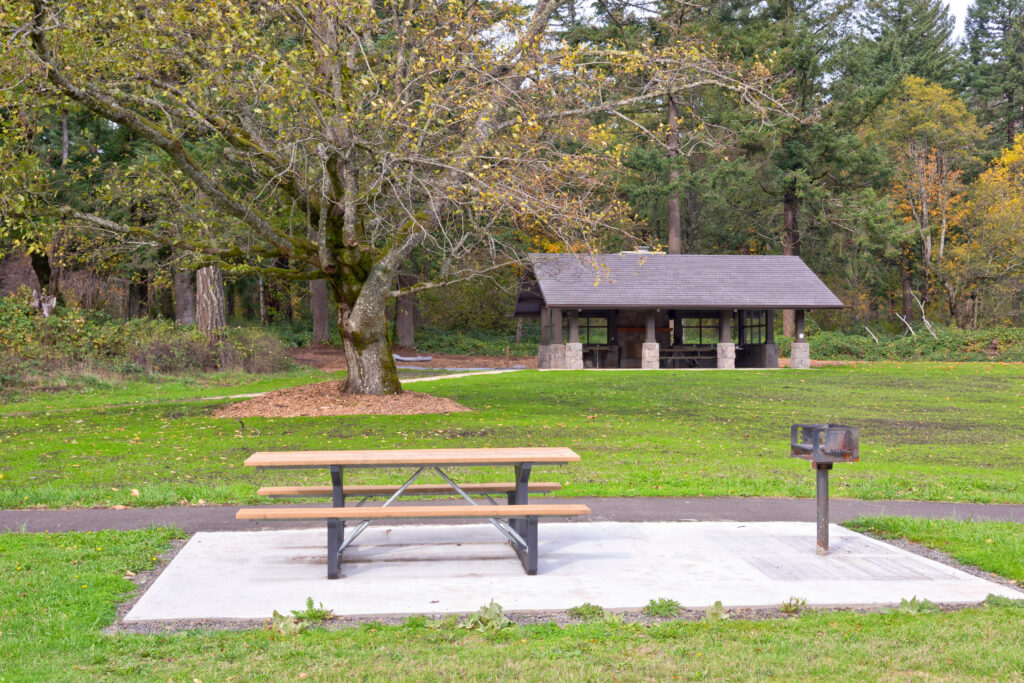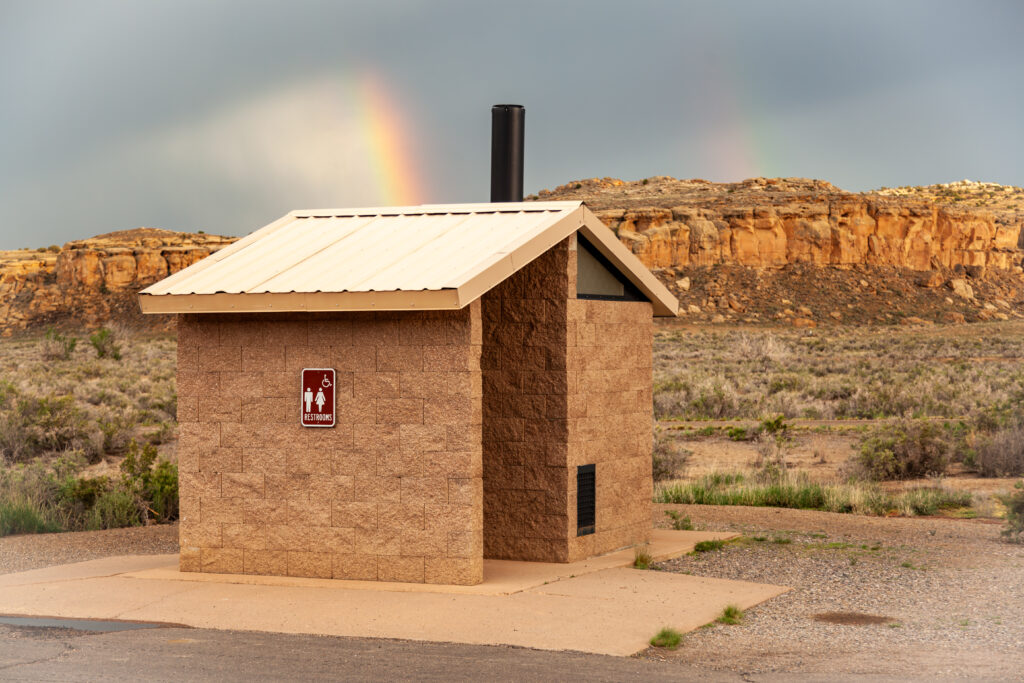
Outdoor Facilities
Outdoor Facility Construction
From recreation and lounging to ensuring proper waste management, and secure shelters for rough weather conditions, its important to properly plan and build facilities that will ensure a positive and safe experience for everyone.
Understanding Outdoor Hiking Facility Services
When it comes to outdoor activities, having access to quality water, restrooms, or lounging areas can make all the difference. Outdoor facilities play a crucial role in ensuring that everyone can have a seamless and enjoyable experience.
Before delving into the intricacies of outdoor facility construction, it is crucial to recognize the importance of location selection. Choosing the ideal spot for your facility can greatly enhance the overall experience for everyone. Factors such as proximity to trails, accessibility, and scenic beauty should be taken into account.
When it comes to outdoor facility construction, several key elements need to be taken into consideration. These include the site selection, evaluation of the site’s suitability for the intended purpose, design and planning, and the actual construction and installation process. Each of these elements plays a crucial role in ensuring the successful completion of the project.
Site selection is a critical step in outdoor facility construction. The location of the facility can greatly impact its functionality and accessibility. Factors such as proximity to amenities, transportation, and the surrounding environment need to be carefully evaluated. A thorough analysis of the site’s topography, soil conditions, and drainage is also essential to determine its suitability for the intended purpose.

Planning and Designing
Design and planning are crucial stages in outdoor facility construction. This involves developing detailed architectural and engineering plans that take into account the specific requirements of the project. The design phase includes the layout of the facility, the selection of materials, and the incorporation of any necessary infrastructure such as lighting, irrigation systems, or seating areas. The planning phase involves creating a timeline for construction, estimating costs, and obtaining any necessary permits or approvals.
The actual construction and installation process is where the plans and designs come to life. Skilled construction workers and contractors work together to execute the project, ensuring that all elements are properly implemented. This includes tasks such as grading and excavation, foundation construction, installation of utilities, and the construction of any structures or amenities. Throughout the construction process, regular inspections and quality control measures are implemented to ensure that the project meets the required standards and specifications.
Recreational Parks
Recreational parks offer a place for relaxation, exercise, and socialization. These parks may include walking trails, picnic areas, playgrounds, and sports courts. The construction process involves integrating natural elements, like trees and water features, with man-made structures to create an inviting environment for visitors of all ages.
When designing recreational parks, landscape architects carefully consider the layout and placement of various features to create a harmonious and enjoyable experience. For example, walking trails may wind through lush greenery, providing a serene and peaceful atmosphere for visitors to enjoy nature. Picnic areas may be strategically placed near playgrounds, allowing families to have a meal while keeping an eye on their children.
In addition to the physical structures, recreational parks often incorporate amenities such as benches, water fountains, and restroom facilities to ensure visitors’ comfort. These parks are designed to encourage physical activity, relaxation, and a sense of community.
Interested in a project?
Safety Considerations
Structural safety involves designing and constructing facilities that can withstand anticipated loads and stresses. This includes using appropriate materials, conducting proper inspections, and adhering to local building codes and regulations. Regular maintenance and periodic inspections are also essential to detect and address any potential safety issues.
In addition to ensuring structural safety, outdoor facility design should incorporate safety features such as accessible pathways, proper lighting, adequate signage, and secure fencing. These features contribute to the overall safety and well-being of the facility users, reducing the risk of accidents and injuries.
Sustainability in Outdoor Facility Construction
Using environmentally friendly materials, such as recycled materials or sustainable timber, can reduce the environmental impact of outdoor facility construction. Additionally, implementing practices like rainwater harvesting, solar energy utilization, and efficient irrigation systems can contribute to long-term sustainability.
Optimizing energy efficiency in outdoor facilities can further enhance sustainability efforts. This includes using energy-efficient lighting systems, employing smart irrigation technologies, and incorporating natural shading elements to reduce the energy consumption of the facility.

Outdoor facility construction requires careful planning, meticulous execution, and adherence to safety and sustainability standards. By understanding the basics, considering the key elements, and following the necessary steps, outdoor facilities can be constructed to meet the needs of the community while maintaining a harmonious balance with nature.
Current Projects
Stairway To Heaven - Central City, CO
Proud to announce the development and construction of Central City, CO’s “Stairway to Heaven” a hiking trail with over a quarter mile of stairs with 300 feet of elevation change. This trail is currently in progress as we install over 140,000 pounds of large format tinder stairs and 600 tons of gravel. read more about it!
Completion timeframe – September, 2023